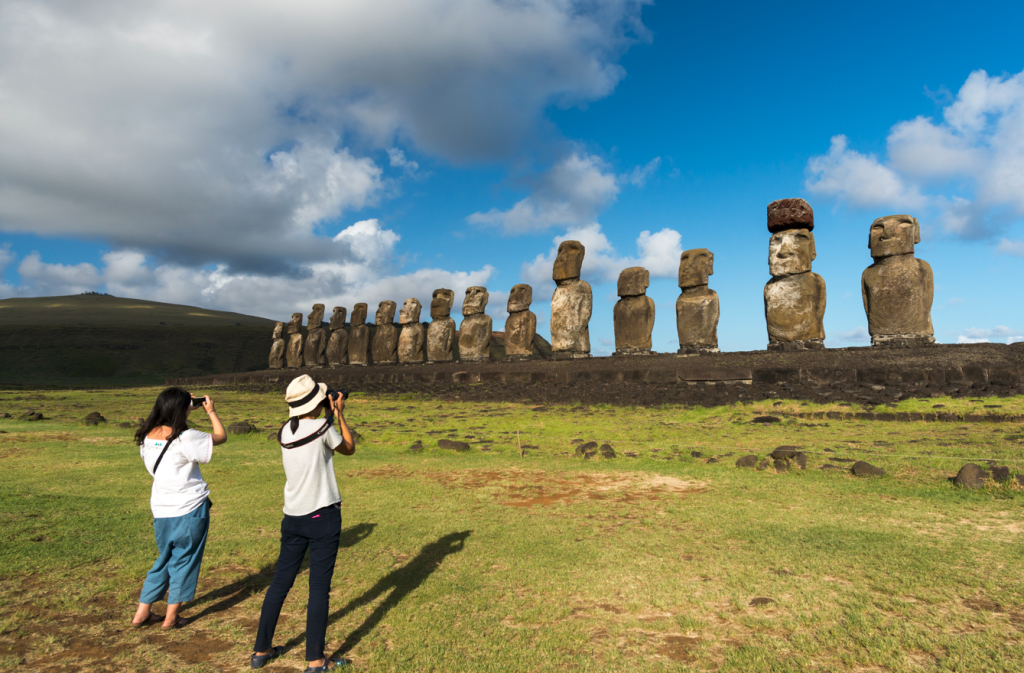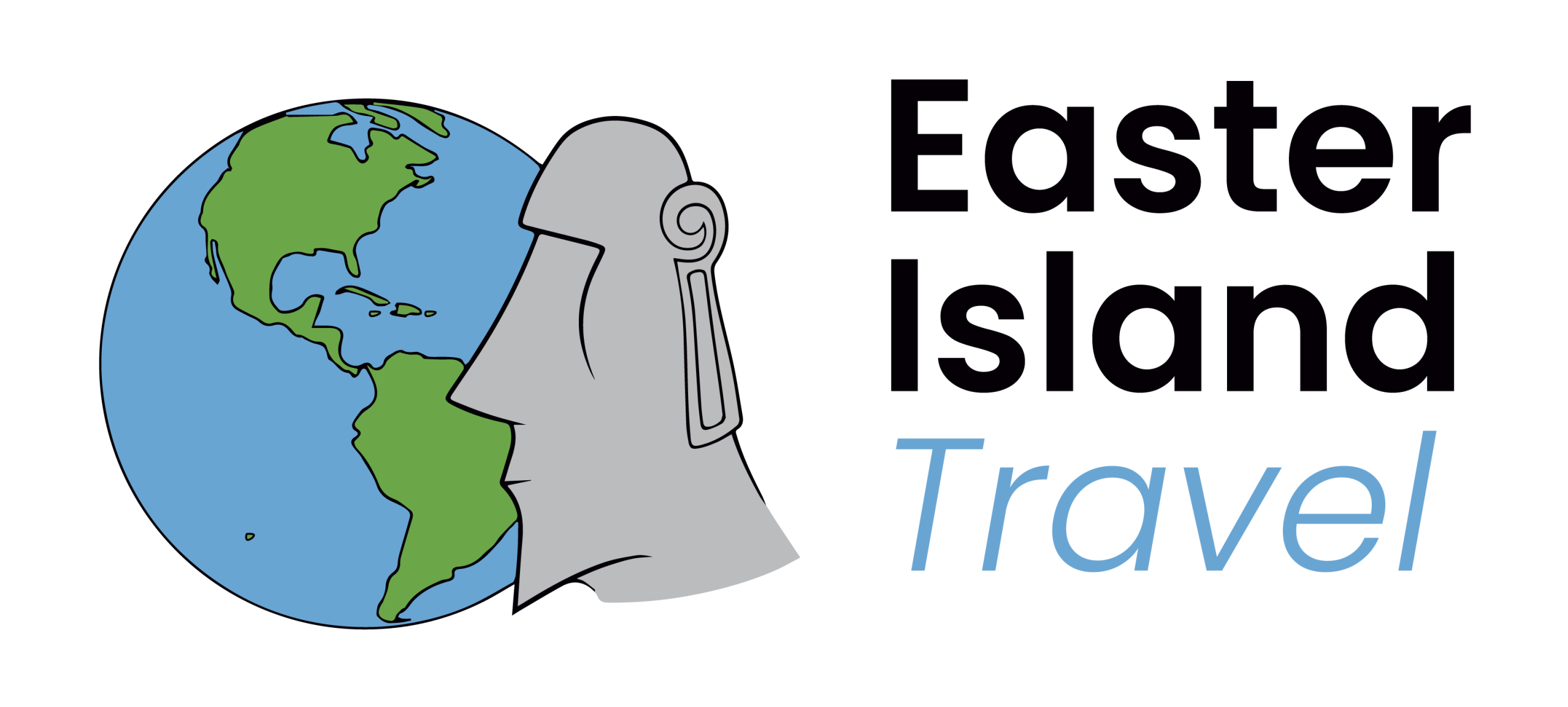If you’re thinking about experiencing the magic of Rapa Nui (Easter Island), your adventure should start with good planning. This destination, filled with history, mystery, and breathtaking natural landscapes, deserves to be explored with patience, respect, and curiosity.
To make sure your trip is unforgettable, we’ve prepared this complete guide with everything you need to know to plan confidently and safely from choosing travel dates and booking flights to understanding park requirements, finding accommodation, and selecting the best tours.

Easter Island Travel knows the island in depth and is here to help you create a personalized experience based on your interests whether you’re drawn to the ancestral culture, the iconic archaeological sites, or simply want to relax on its beaches and enjoy the local cuisine.
Here’s how to start planning your journey and how we can guide you every step of the way, so you can experience Rapa Nui in the most authentic and enriching way possible.

1. When to Visit Rapa Nui?
Rapa Nui is a year-round destination, and each season offers a unique way to experience the island. Our tours and services are available at any time, so you can choose the period that best matches your rhythm and travel style.

Summer (December to March): Warm, sunny, and full of life. Temperatures can exceed 30°C (86°F), making it perfect for beach lovers and explorers who enjoy long daylight hours. Don’t forget light clothing, a hat, sunglasses, sunscreen, and a light windbreaker the Pacific breeze can surprise you even on the sunniest days.

Autumn (April to June): Cooler and greener. Temperatures range from 15°C to 20°C (59°F to 68°F), with more rain and fresh winds. It’s a quieter time to visit, ideal for those seeking tranquility and vibrant landscapes. Bring trekking shoes, a waterproof jacket, and a windbreaker.

Spring (September to November): A pleasant balance between summer and winter. Flowers bloom, temperatures are mild, and there are fewer visitors, allowing for a more relaxed atmosphere. Prepare for both sun and rain the weather can shift within hours.
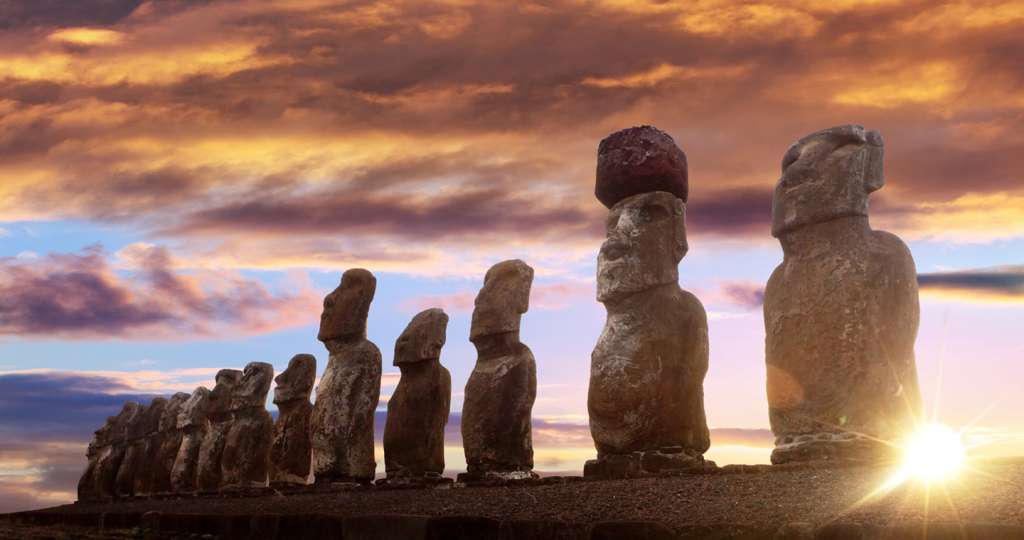
Winter (June to September): The wettest and lushest season, with frequent rain and deep green scenery. The island is calmer, offering an intimate and authentic experience for those who love nature.

The peak season is during the first two weeks of February, when the island celebrates the Tapati Rapa Nui Festival a vibrant cultural event showcasing traditional dances, competitions, and ancestral rituals. If you plan to visit during this time, make sure to book accommodation and tours at least six months in advance.
2. How to Find Flights to Rapa Nui?
Currently, LATAM Airlines is the only airline that flies to Rapa Nui (Easter Island), operating regular flights from Santiago de Chile (SCL) to Mataveri International Airport (IPC) one of the most remote airports in the world.
LATAM is part of the Oneworld Alliance, which means if you have miles in its program or partner airlines, you can redeem them for your trip to the island.

Tips to Get the Best Fares:
- Low season (winter) usually offers more affordable prices.
- During summer and the Tapati Festival (February), prices rise significantly due to high demand.
Check LATAM Airlines’ official website frequently for updated fares and special promotions. Some Chilean travel agencies like Viajes Falabella, Despegar, or Cocha also offer flight + hotel + tour packages at competitive rates.
How to Book Step by Step:
- Visit latamairlines.com.
- Choose Santiago (SCL) as your departure city and Easter Island (IPC) as your destination.
- Search round-trip options and compare nearby dates for better deals.
- Once you select your travel dates, double-check availability and final prices seats are limited and fares change quickly.
💡 Tip: Because of the island’s remoteness and the limited number of flights, we recommend booking at least 2–3 months in advance to secure your spot and possibly a better rate.

3. How Long to Stay on Rapa Nui?
Deciding how many days to spend on the island is key to making the most of your visit. The ideal length depends on your interests and budget some travelers prefer a quick overview, while others want a deeper cultural and natural immersion.
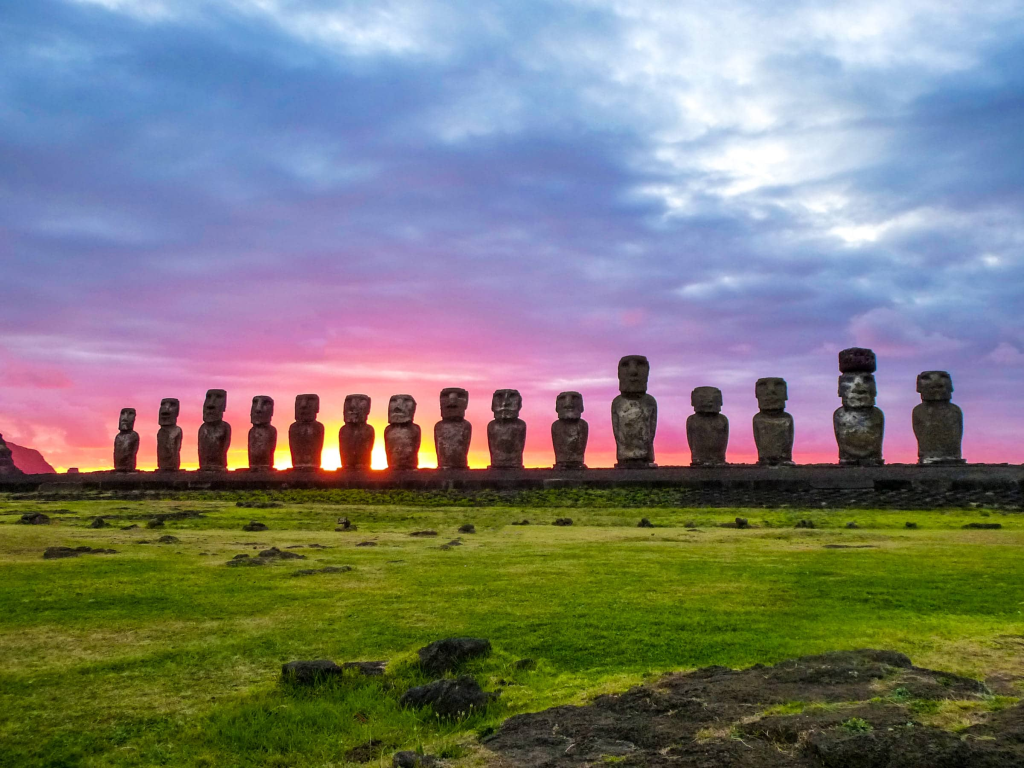
Rapa Nui invites you to slow down, enjoy the scenery, and connect with local life at your own pace. While it’s possible to see the highlights in a few days, the island reveals its true essence when explored without hurry.
- 🗿 2–3 full days: Visit the main highlights: Ahu Tongariki, Rano Raraku, Orongo, and Anakena Beach. Perfect for a short but intense trip.
- 🌺 4–5 nights: The recommended stay to explore key archaeological sites, enjoy local food, watch sunrises and sunsets, and take part in cultural activities.
- 🌴 6+ nights: Ideal for those who want to go off the beaten path, join community experiences, relax on the beaches, or simply connect with the island’s energy.
You can check out our tours for all locations here.
By law, visitors both Chilean and foreign can stay on Rapa Nui for a maximum of 30 days, a measure designed to protect its environmental and cultural sustainability.
At Easter Island Travel, we’ll help you design your itinerary according to your schedule, interests, and preferred travel style ensuring every day counts and your experience is as enriching as unforgettable.
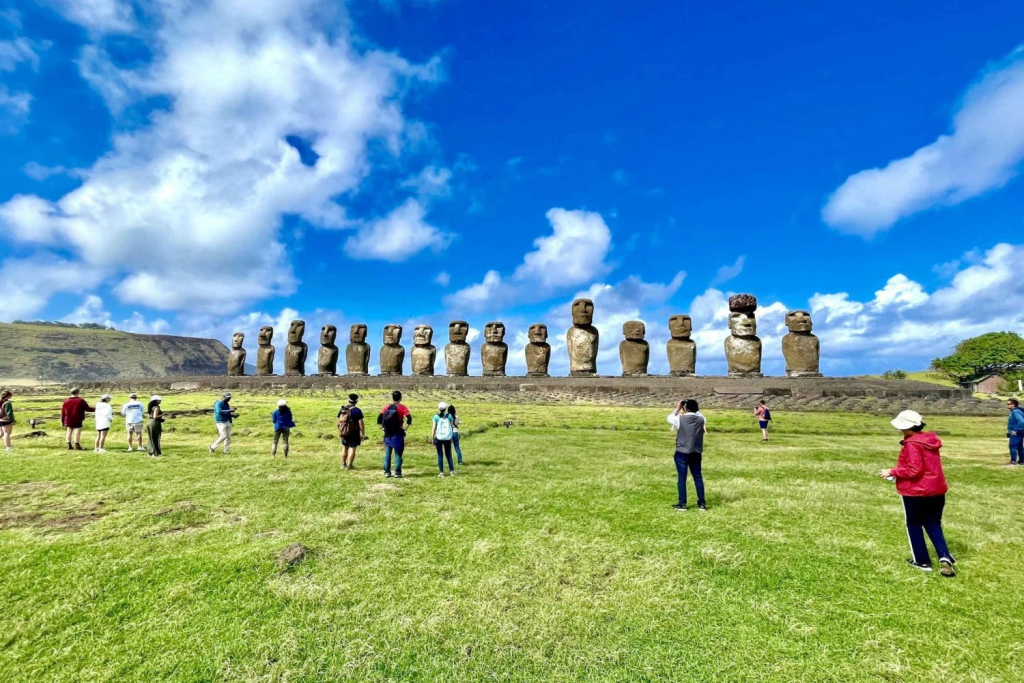
4. Entry Requirements for Rapa Nui
Before boarding your flight, make sure to meet all the entry requirements. This will save you time and ensure a smooth arrival.
Required Documents:
- A valid passport (or Chilean ID for nationals).
- A round-trip or onward ticket confirming that your stay is temporary.
- A confirmed reservation at accommodation registered with SERNATUR (National Tourism Service), including your name, dates, and hotel details.
- Alternatively, a letter of invitation from a local resident or authorized host.
- A Single Entry Form (FUI), required for all visitors, to register and monitor tourist flow.

How to Check if Your Accommodation is Registered:
- Visit SERNATUR’s official website and use the “Tourism Services Finder.”
- Search for your hotel under “Easter Island” and verify it’s listed as “Active Registration.”
- If not listed, contact the accommodation or local tourism offices to confirm.
These regulations are part of Law N° 21.070, which controls entry and stay on the island to protect its fragile ecosystem and cultural heritage.
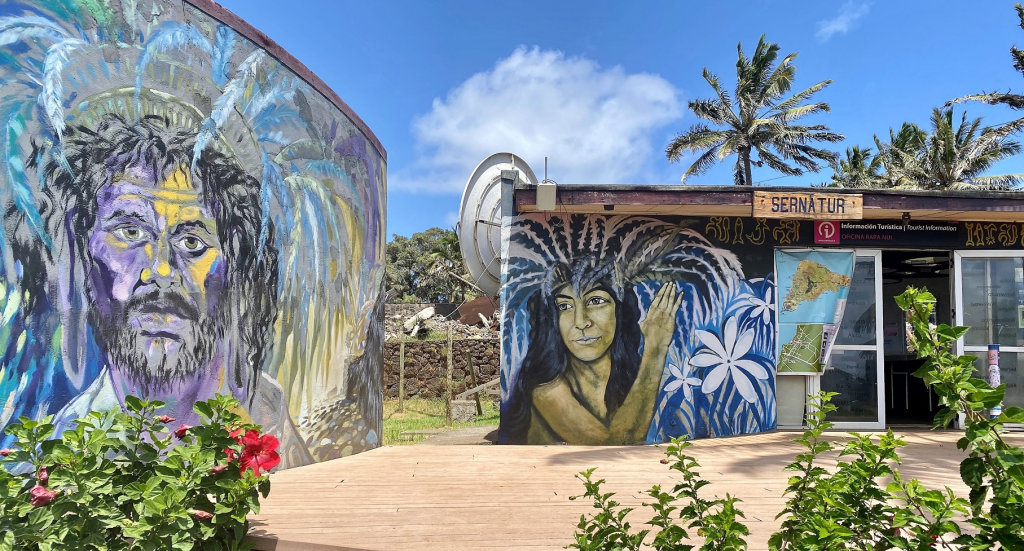
Practical Tips Before Departure:
- Have digital or printed copies of your booking or invitation letter to show airport authorities.
- Fill out the FUI form in advance (ideally 48 hours before your flight).
- Carry all documents: return ticket, accommodation proof, and ID.
Ask your tour operator (like us at EIT) to help you review everything before your trip we’ll make sure no detail is overlooked.

5. Entry to Rapa Nui National Park
To visit the archaeological sites within Rapa Nui National Park, you must purchase an entry ticket:
- Valid for 10 consecutive days from your first visit.
- Grants access to most archaeological sites (except Rano Raraku and Orongo, which can be visited only once per ticket).
- Can be purchased:
- Online at Rapa Nui National Park
- At the CONAF main office in Hanga Roa
- At the Handicraft Market or other authorized points in town
Opening Hours:
- Summer (Oct 1–Mar 31): 9:00 am – 8:00 pm
- Winter (Apr 1–Sep 30): 9:00 am – 6:00 pm
Note: Park tickets are not included in our tours, so please purchase yours before your excursion.
📅 As of October 1, 2025, new ticket prices apply check our updated article for details.

6. Practical Tips
Rapa Nui has a mild subtropical oceanic climate, with pleasant temperatures year-round and little daily variation. The annual average is about 20.5°C (69°F). Rainfall is evenly distributed, with May being the wettest month and September the driest.
Practical Recommendations:
- Clothing: Light and comfortable for the day, plus a waterproof or windbreaker jacket.
- Sun Protection: The UV index is high wear sunscreen, a hat, and sunglasses.
- Hydration: Tap water is safe but slightly salty; bottled water is preferred by many.
- Electricity: 220V, plug type C (two round pins). Bring an adapter if needed.
- Transportation: Hanga Roa is walkable, but you’ll need organized transport to explore the park.
- Connectivity: Internet and mobile signal are reliable in town but limited elsewhere download maps beforehand.
- Payments: Cards are widely accepted; U.S. dollars and euros in good condition are also welcome. Always keep some cash for remote areas.
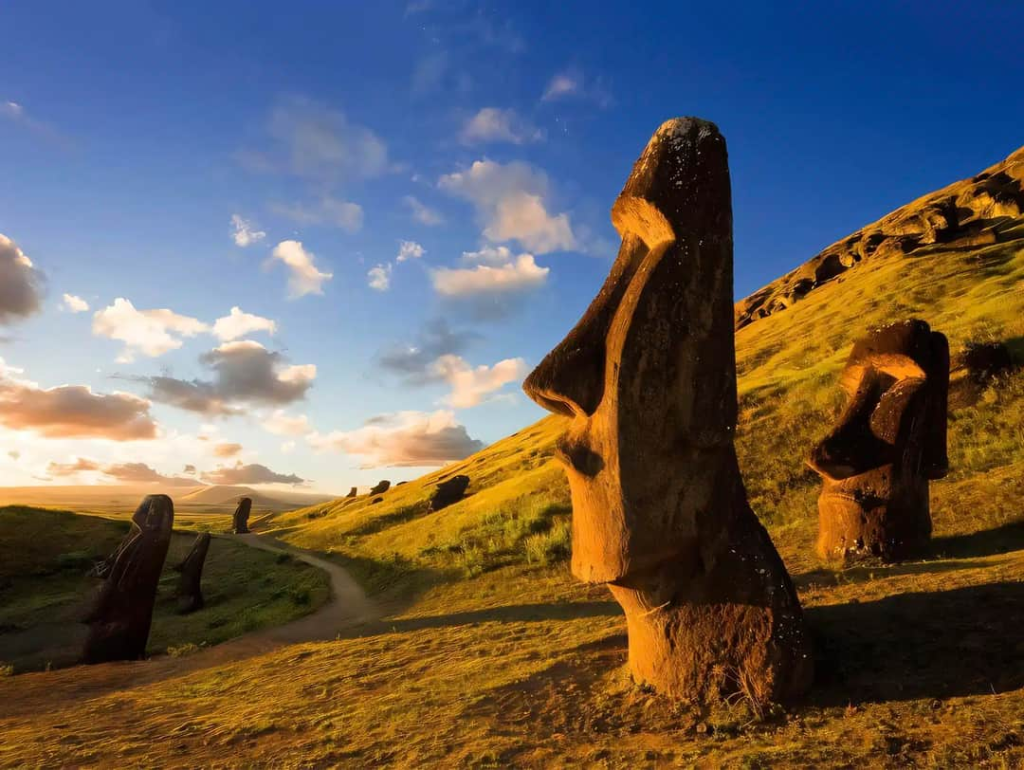
7. Why Choose Us for Your Tours?
In Rapa Nui, your experience depends largely on the guide you choose. Most archaeological sites require a certified local guide, except for Tahai and Anakena. That’s why choosing a reliable agency is essential and at Easter Island Travel, that’s exactly what we offer: safe, educational, and authentic tours.

✨ What Makes Us Different:
- Local Expertise: We know every corner of the island not just the places, but their stories and spirit.
- Certified, Passionate Guides: Our local team shares ancestral stories, legends, and traditions that bring every site to life.
- Recognized Excellence: Our travelers on TripAdvisor highlight our punctuality, deep knowledge, and friendly service:
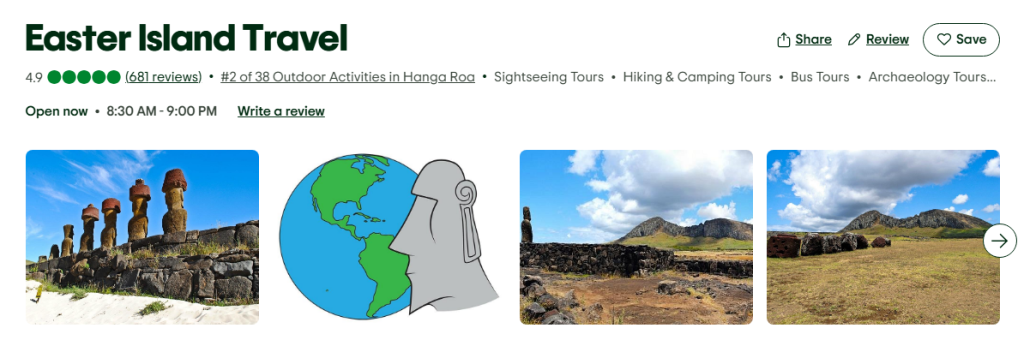
“Punctuality, correctness, extensive knowledge, and just being cool are the trademarks of Easter Island Travel!”
- No-Stress Experience: Since guides are required in most sites, our tours already include this no extra costs or paperwork.
- Personalized Experiences: From cultural walks to spiritual retreats, we adapt every route to your interests and travel style.
With Easter Island Travel, you don’t just visit Rapa Nui you live it. You’ll connect with its history, culture, and the deep bond its people have with the land. Choosing us means choosing an authentic, safe, and unforgettable experience.

8. The Best Places to Visit on Rapa Nui
Rapa Nui is full of unique places that blend history, culture, and stunning scenery. Here are some of the must-see sites included in our tours:
Inside Rapa Nui National Park:
- Rano Raraku: The main quarry where moai were carved — dozens still stand unfinished, offering a glimpse into ancient craftsmanship.

- Ahu Tongariki: The island’s largest ceremonial platform, with 15 restored moai aligned dramatically at sunrise.
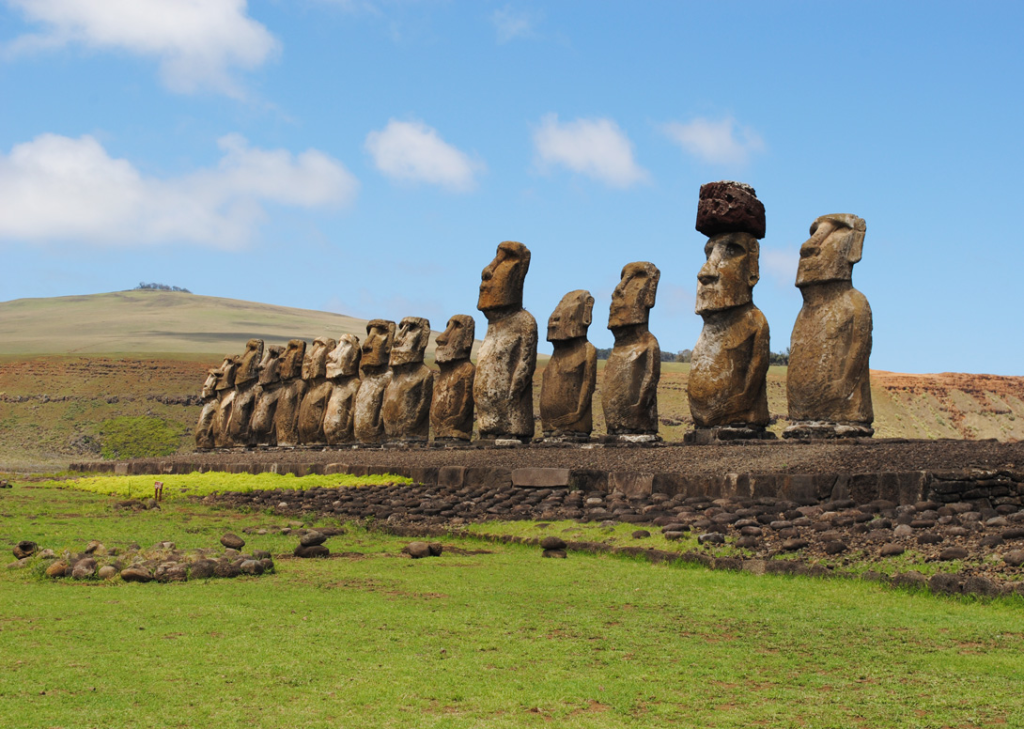
- Orongo / Rano Kau: The Birdman ceremonial village overlooking a volcanic crater and the Pacific cliffs — one of the island’s most scenic views.

- Ahu Nau Nau / Anakena: The iconic white-sand beach guarded by moai perfect for a mix of history and relaxation.
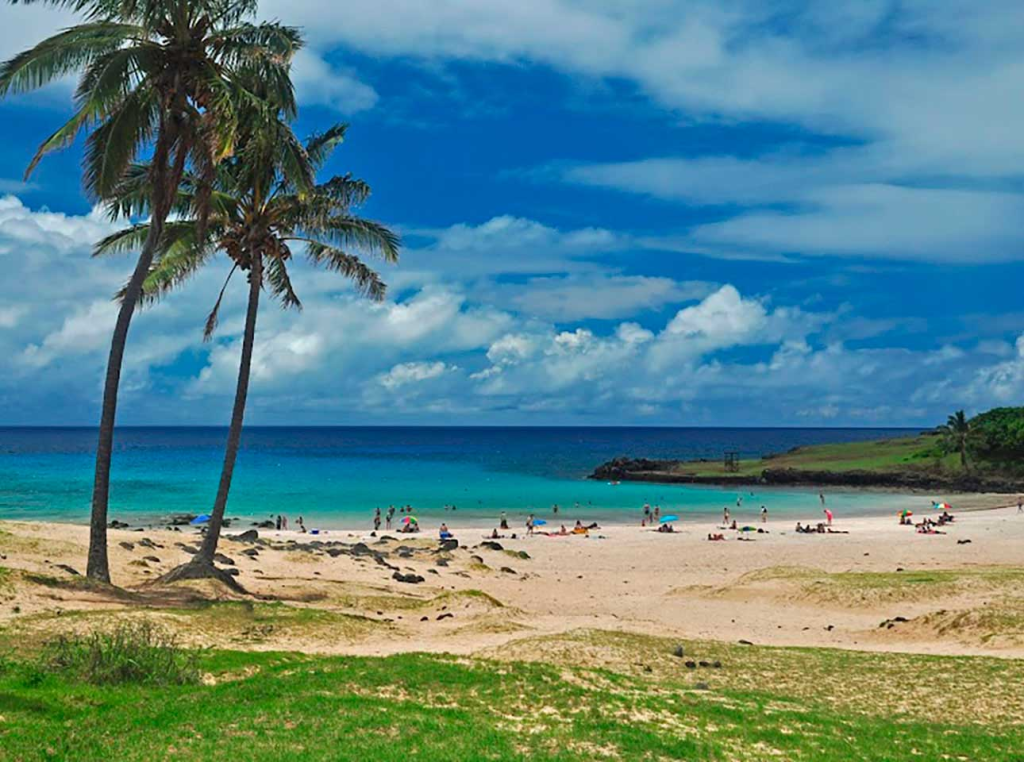
- Ahu Akivi: The only site where moai face the ocean, aligned with astronomical precision.

- Puna Pau: The red stone quarry used to make the moai topknots (pukao).

- Ahu Vinapu: Known for its perfectly fitted stonework — a marvel of ancient engineering.

In and Around Hanga Roa:
- Tahai: A beautiful coastal site with restored moai and stunning sunsets.

- Ahu Huri a Urenga: A ceremonial site aligned with the sun evidence of ancient astronomical knowledge.

- Hanga Roa Handicraft Market: Ideal for local art, souvenirs, and traditional food.

- Hanga Roa Church: A fascinating blend of Rapa Nui culture and missionary influence.

All of these are part of our itineraries, carefully organized to ensure you enjoy them seamlessly combining culture, history, and nature in one unforgettable journey.
9. Top 5 Tips for Traveling to Easter Island
- Take Guided Tours: Every moai, ahu, and ceremonial site has stories and meanings that only a local guide can reveal. Explore our tours to make the most of your time.
- Pack for All Weather: Even in summer, quick showers can appear. Bring both light clothes and a rain jacket.
- Join a Curanto or Umu: During traditional celebrations, locals cook food underground everyone’s welcome! Bring a small container or bag to enjoy what’s shared.
- Learn a Few Rapa Nui Phrases: The island is much more than its statues. Learning a few local words opens cultural doors and enriches your visit.
Explore on Foot: Rapa Nui is small and safe. Take a day to wander natural or archaeological trails with or without a guide.

Visiting Rapa Nui is one of the most intense, mystical, and unforgettable experiences you can have.
To make it smooth, safe, and truly meaningful, it’s essential to travel with an agency that understands the island’s requirements, routes, and traditions.
At Easter Island Travel, we’re that agency with local expertise, certified guides, and recognition as TripAdvisor’s #1 Tour Operator, we’ll make sure you don’t just visit Easter Island…
You’ll feel it, live it, and remember it forever.
✨ Contact us today to design your ideal itinerary and let us show you Rapa Nui as only those who truly live the island can.
#TapatiRapaNui #EasterIsland #RapaNuiCulture #CulturalFestival #PolynesianHeritage #TravelToEasterIsland #UniqueExperiences #BucketListTravel #IslandLife #FestivalVibes #Orongo #RanoKau #VolcanoViews #AncientVillage #CliffViewsRapaNui #AhuTongariki #15Moai #SunriseRapaNui #MoaiMonuments #IconicRapaNui #RanoRaraku #AnakenaBeach #TropicalParadise #AhuAkivi #Terevaka
